-
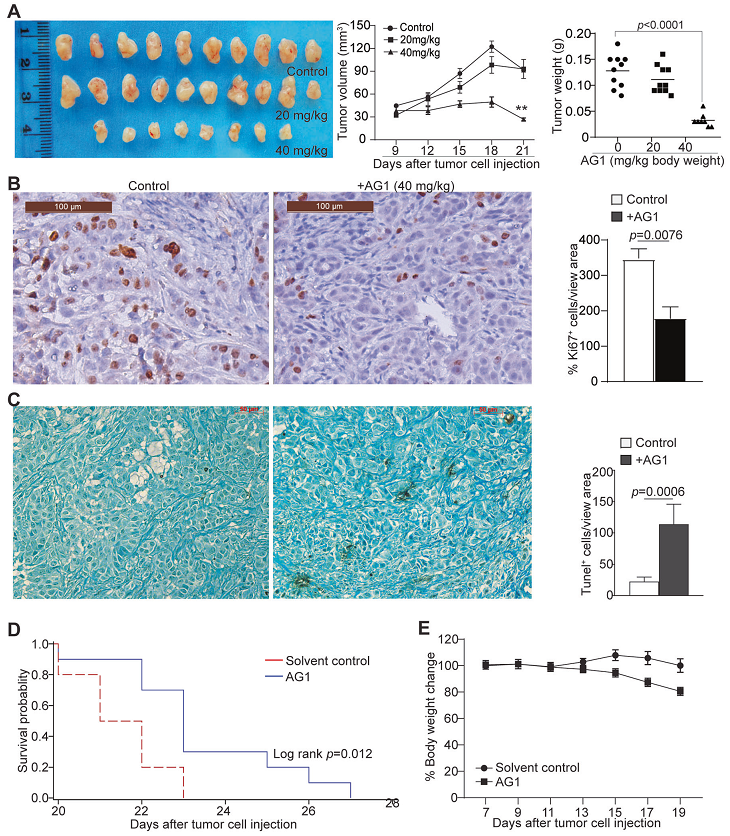
A New Way for Mesothelioma Therapy
Dr. Chunwan Lu’s team, collaborated with Dr. Kebin Liu’s team in Medical College of Georgia in U.S., has made great breakthrough in the role of PPP in regulation of mesothelioma death pathway. Their research not only determined that G6PD can promote mesothelioma cell death through ROS, but also found a new way for mesothelioma therapy in clinics from the point of view of tumor metabolism.Th...
-
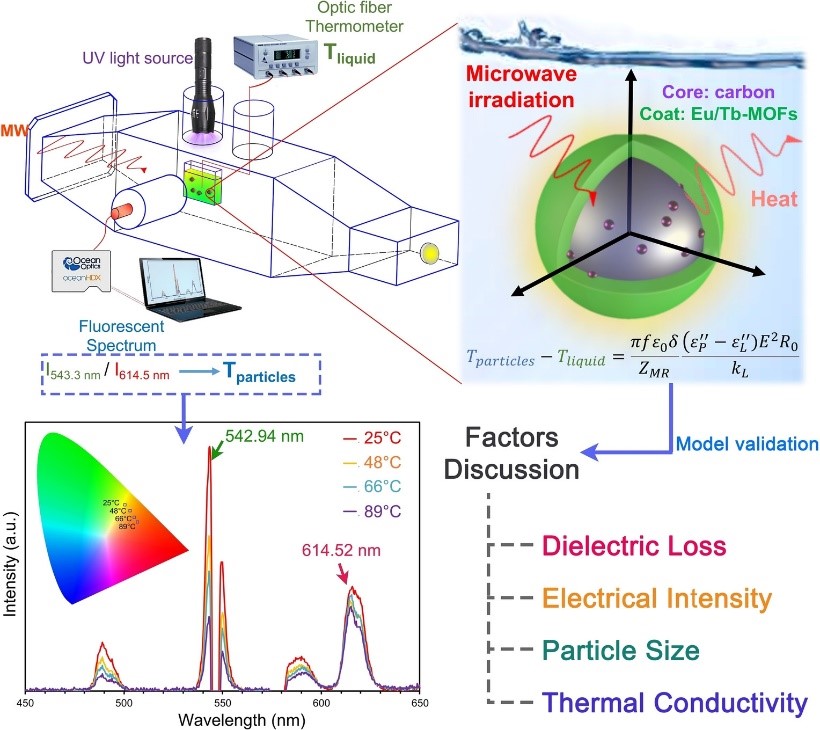
Progress on Microwave-Induced Microscopic Hot Spots
Recently, Professor Gao Xin and Professor Li Hong from the School of Chemical Engineering and Technology published a research article entitled “Watching Microwave-Induced Microscopic Hot Spots via the Thermosensitive Fluorescence of Eu/Tb Mixed Metal Organic Complexes” in Angewandte Chemie International Edition (https://onlinelibrary.wiley.com/doi/10.1002/anie.202114340). Ph.D. candidate Zhao...
-
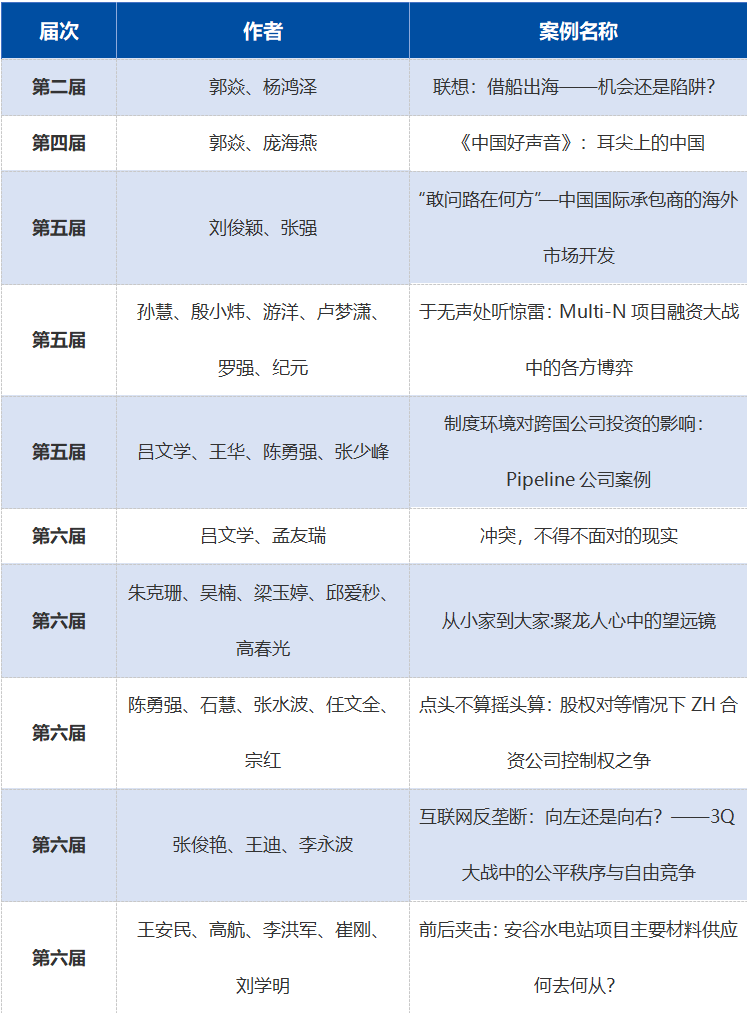
Two Secret Strategies of becoming "Top 100" Case
Recently, supported by the China National MBA education Supervisory Committee, the 12th "National Top 100 Excellent Management Cases" selection (special precision and corporate social responsibility for poverty alleviation) was responsibly organized by the China Management Case-sharing Center. In the end, 38 cases were selected. Professor Xiao-jie Liang and Lu Mei-yi from the College of Management ...
-
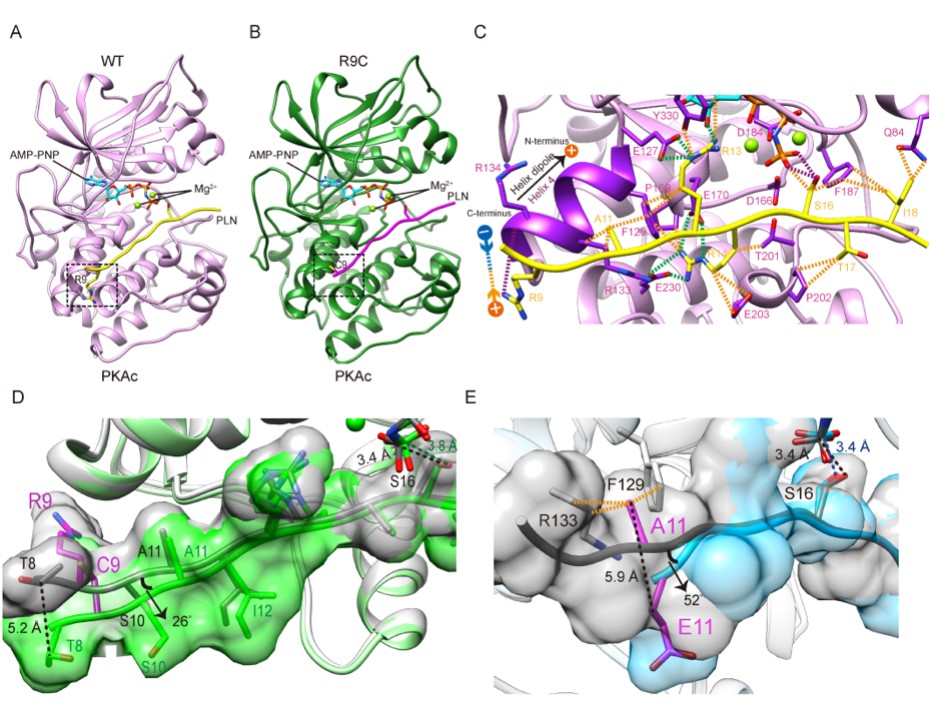
Researchers Reveal a Mechanism of Dilated Cardiomyopathy
Dilated cardiomyopathy (DCM) is the most common type of cardiomyopathy and one of the leading causes of heart failure (HF). Several mutations identified in phospholamban (PLN) have been linked to familial DCM and HF, yet the underlying molecular mechanism remains controversial. Under physiological conditions, PLN interacts with sarco/endoplasmic reticulum Ca2+-ATPase (SERCA) and regulates calci...
-

Brown Carbon from Biomass Burning: a Strong Warming Agent in the Arctic Region
Rapid warming in the Arctic has a huge impact on the global environment. Atmospheric brown carbon (BrC) is one of the least understood and uncertain warming agents due to a lack of observations. This study performed direct observations of atmospheric BrC and quantified its light-absorbing properties during a two-month circum-Arctic cruise in the summer of 2017. Through observation-constrained m...
-
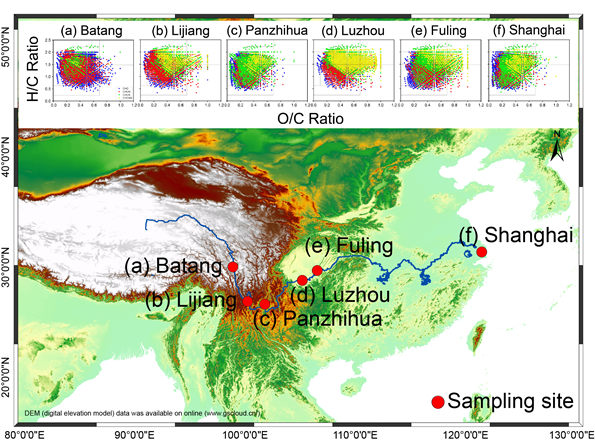
Source and Formation Process Impact Chemodiversity of Rainwater Dissolved Organic Matter
Recently, Prof. Pingqing Fu's group at the School of Earth System Science, Tianjin University, has investigated the molecular chemodiversity and sources of rainwater DOM at six locations in the Yangtze River Basin using excitation-emission matrix (EEM) fluorescence and Fourier transform ion cyclotron resonance mass spectrometry (FT-ICR MS). The related results are titled "Source and Formation P...

